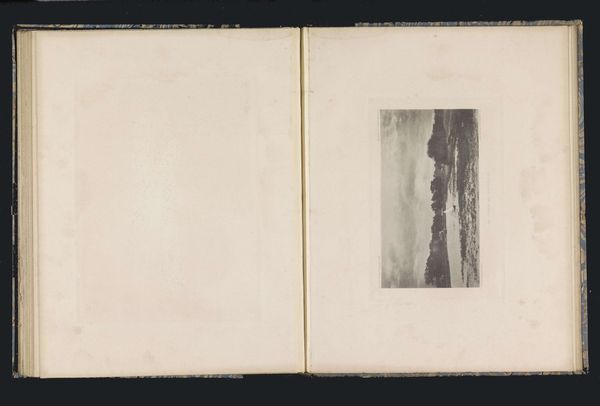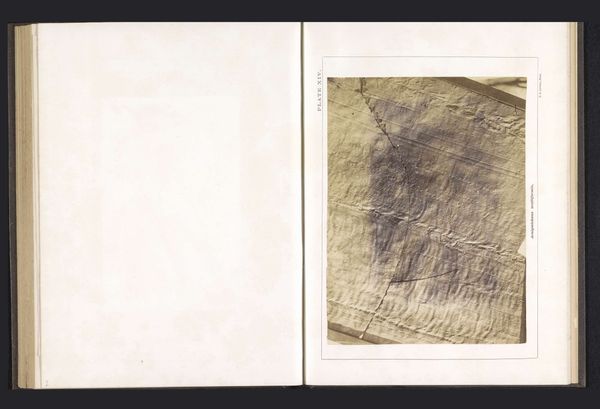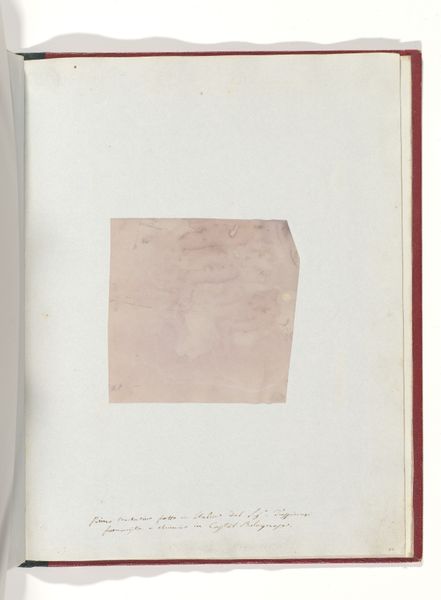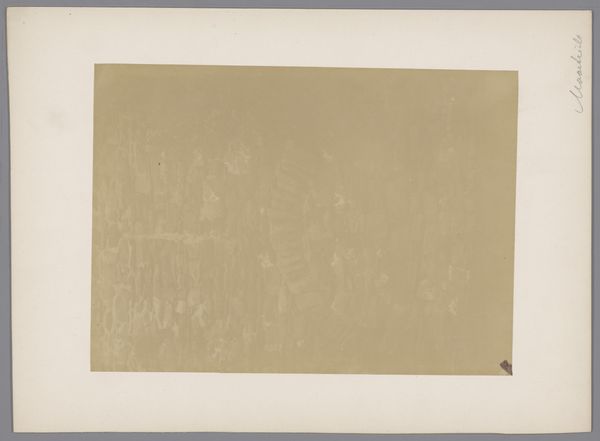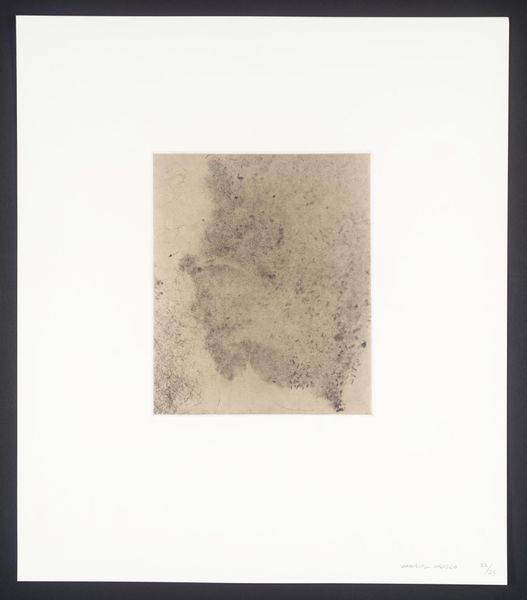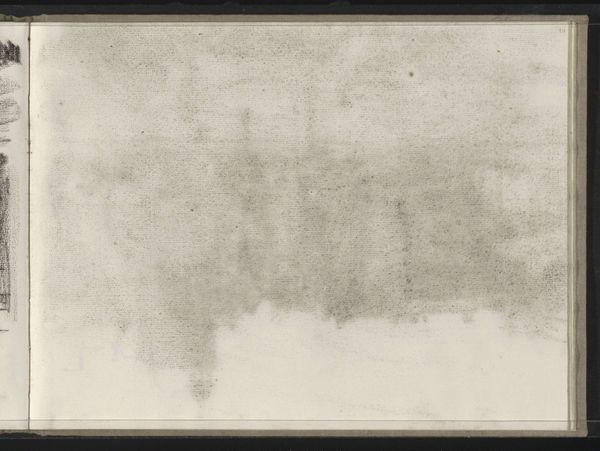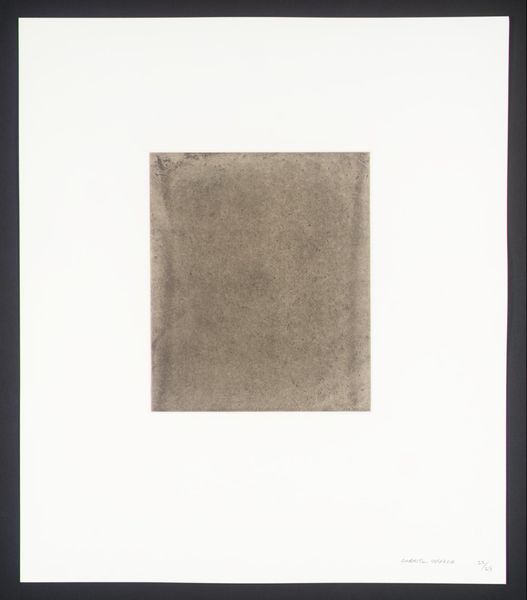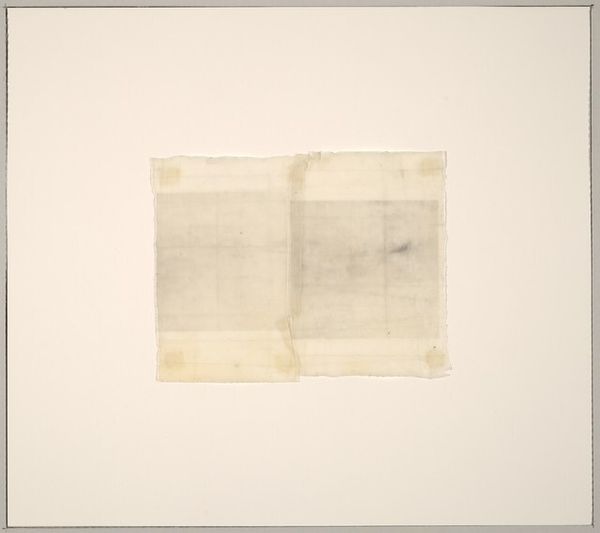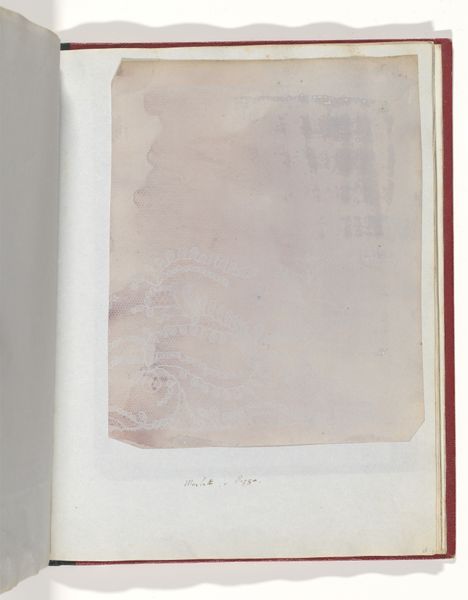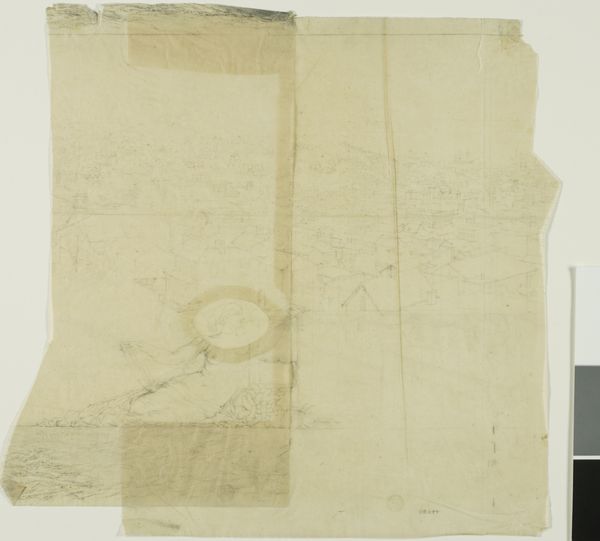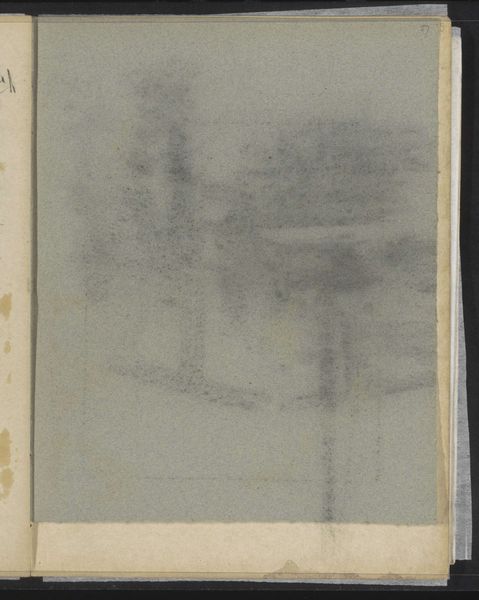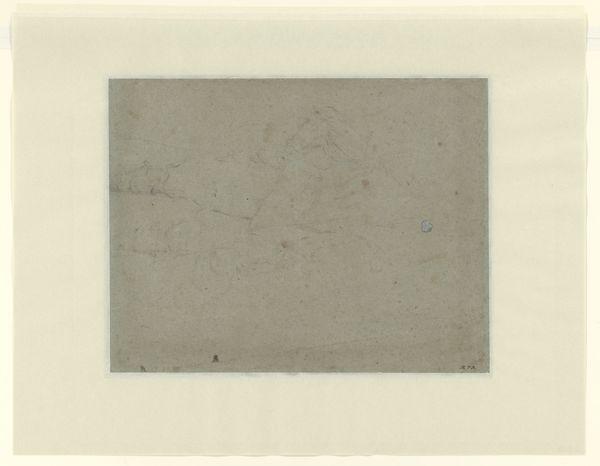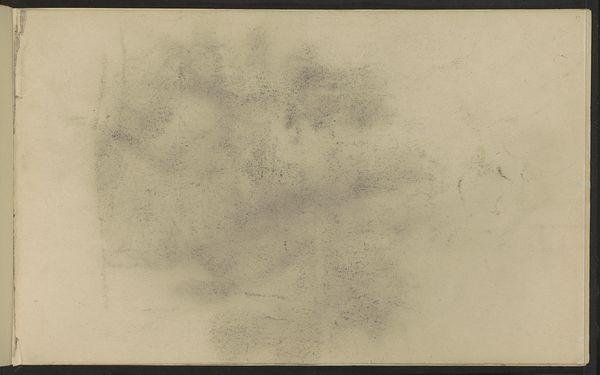![[Lacock Abbey] by William Henry Fox Talbot](/_next/image?url=https%3A%2F%2Fd2w8kbdekdi1gv.cloudfront.net%2FeyJidWNrZXQiOiAiYXJ0ZXJhLWltYWdlcy1idWNrZXQiLCAia2V5IjogImFydHdvcmtzLzk5NzcyYTAyLTRlNDEtNDYzMC05NmQ0LTM3NjkyODQ4MGYwMy85OTc3MmEwMi00ZTQxLTQ2MzAtOTZkNC0zNzY5Mjg0ODBmMDNfZnVsbC5qcGciLCAiZWRpdHMiOiB7InJlc2l6ZSI6IHsid2lkdGgiOiAxOTIwLCAiaGVpZ2h0IjogMTkyMCwgImZpdCI6ICJpbnNpZGUifX19&w=3840&q=75)
print, daguerreotype, photography
# print
#
landscape
#
daguerreotype
#
photography
#
realism
Dimensions: Image: 15.4 x 21.3 cm (6 1/16 x 8 3/8 in.), irregular Sheet: 17.5 x 23.6 cm (6 7/8 x 9 5/16 in.)
Copyright: Public Domain
This ethereal image of Lacock Abbey was made by William Henry Fox Talbot, one of photography's key inventors, using his innovative calotype process. Talbot's technique involved coating paper with silver iodide, creating a light-sensitive surface. After exposure in a camera, the paper was developed and fixed, resulting in a negative image. This negative could then be used to produce multiple positive prints, a radical departure from the unique image of the daguerreotype. The slightly blurred, soft focus of the calotype, visible in the stonework and foliage, is a direct result of the paper's texture and the chemical process. While not as sharp as other photographic methods, the calotype allowed for a greater tonal range and a more painterly aesthetic. It democratized image production, moving photography away from a precious commodity and more towards mass production and consumption. Looking closely at the material, the image’s very being becomes an index of the historical move from hand-made to machine-made.
Comments
No comments
Be the first to comment and join the conversation on the ultimate creative platform.
